Photos: Discoveries at Roman Fort Vindolanda
A Roman Fort Vindolanda
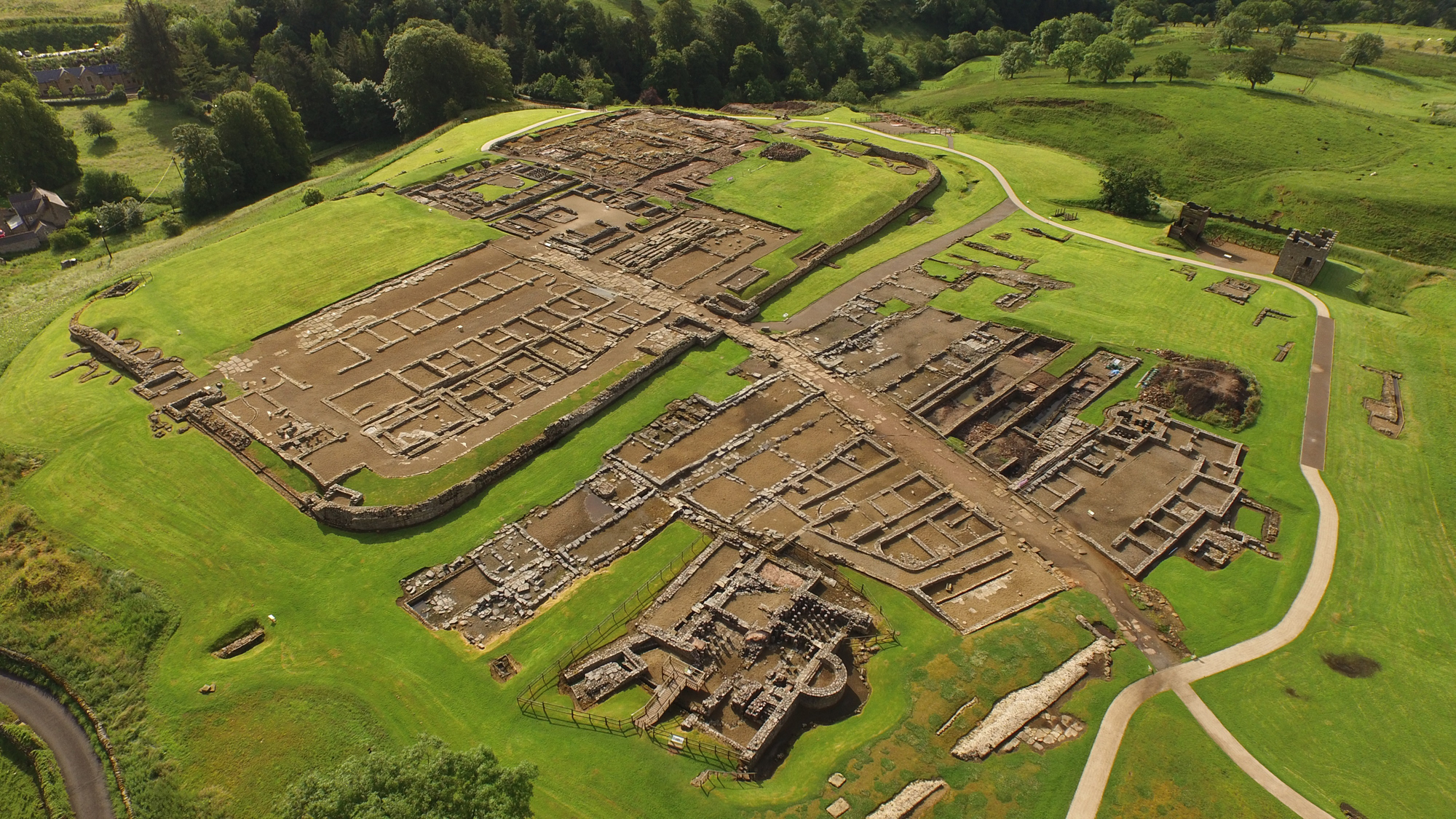
Archaeologists in England are excavating the ruins of the fort of Vindolanda, which was once at the northern edge of the Roman Empire. The site was used before, during and after the construction of Hadrian's Wall, and it was demolished and rebuilt several times during its 400-year history, leaving archaeologists with many layers to explore. [Read the full story on the Roman fort]
Military barracks
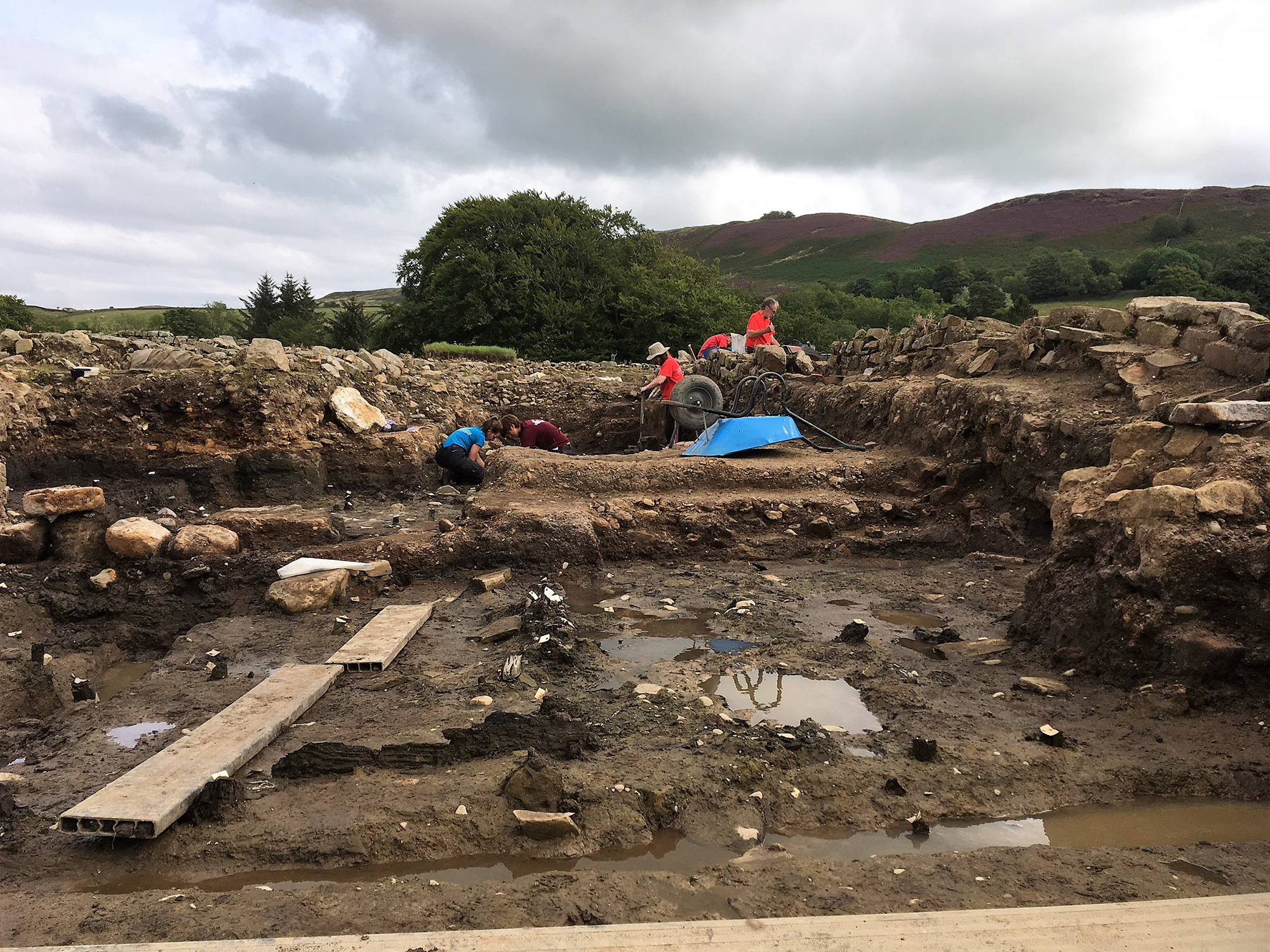
The black, oxygen-free soil in the abandoned 1,900-year-old barracks acts as a time capsule for traces of military life.
Artifacts that shine like new
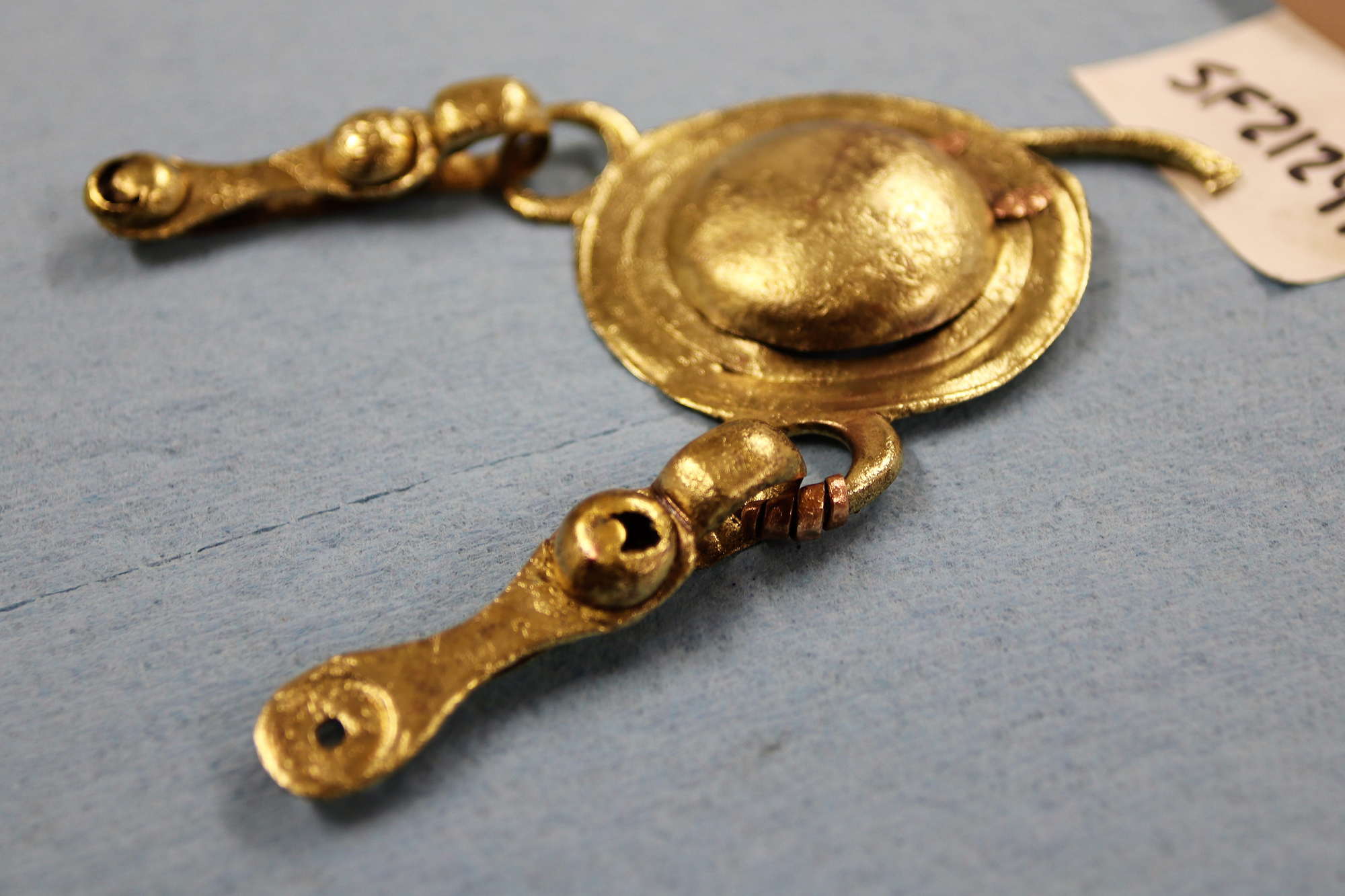
This cavalry strap is made from copper-alloy, but it shines like gold. It has hardly corroded after centuries buried underground.
Harness decor
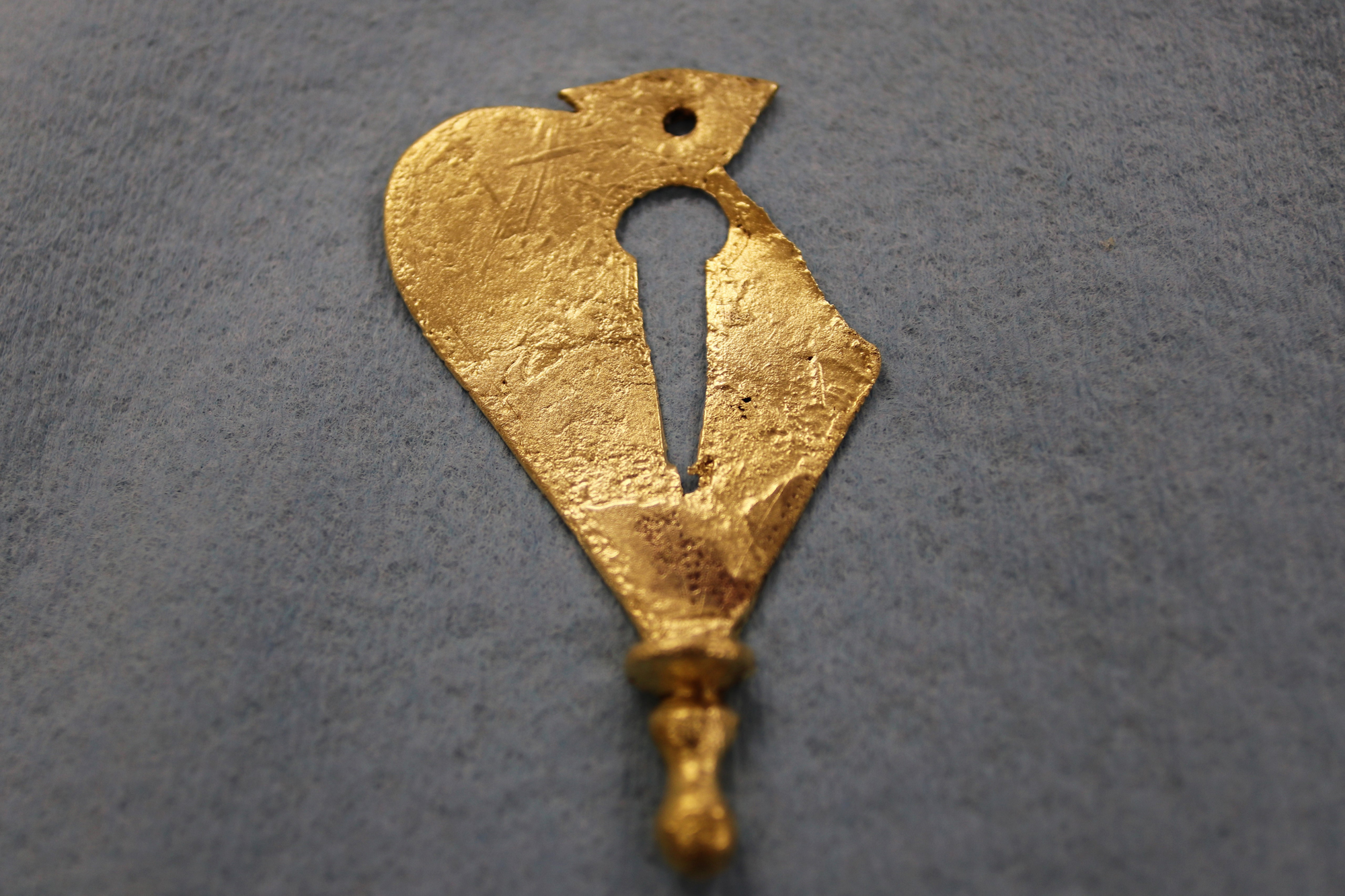
The finds from the barracks date to about A.D. 120, just before Hadrian's Wall was built. Shown here is a piece of decoration from a horse's harness.
Roman weapons
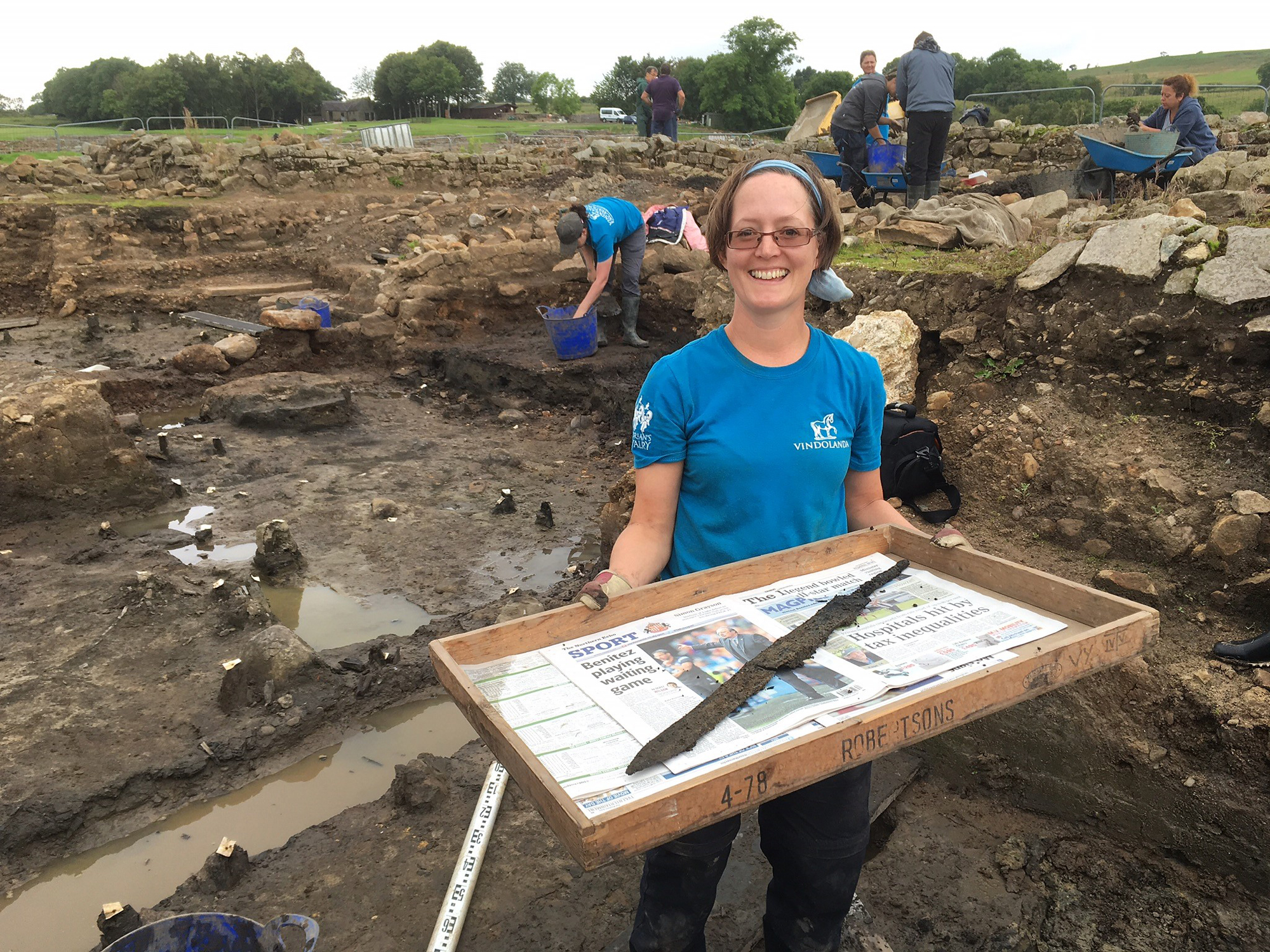
It's rare to find intact metal swords from this era, but archaeologists discovered two, in two separate rooms, at Vindolanda. [Read the full story on the Roman fort]
Damaged blade
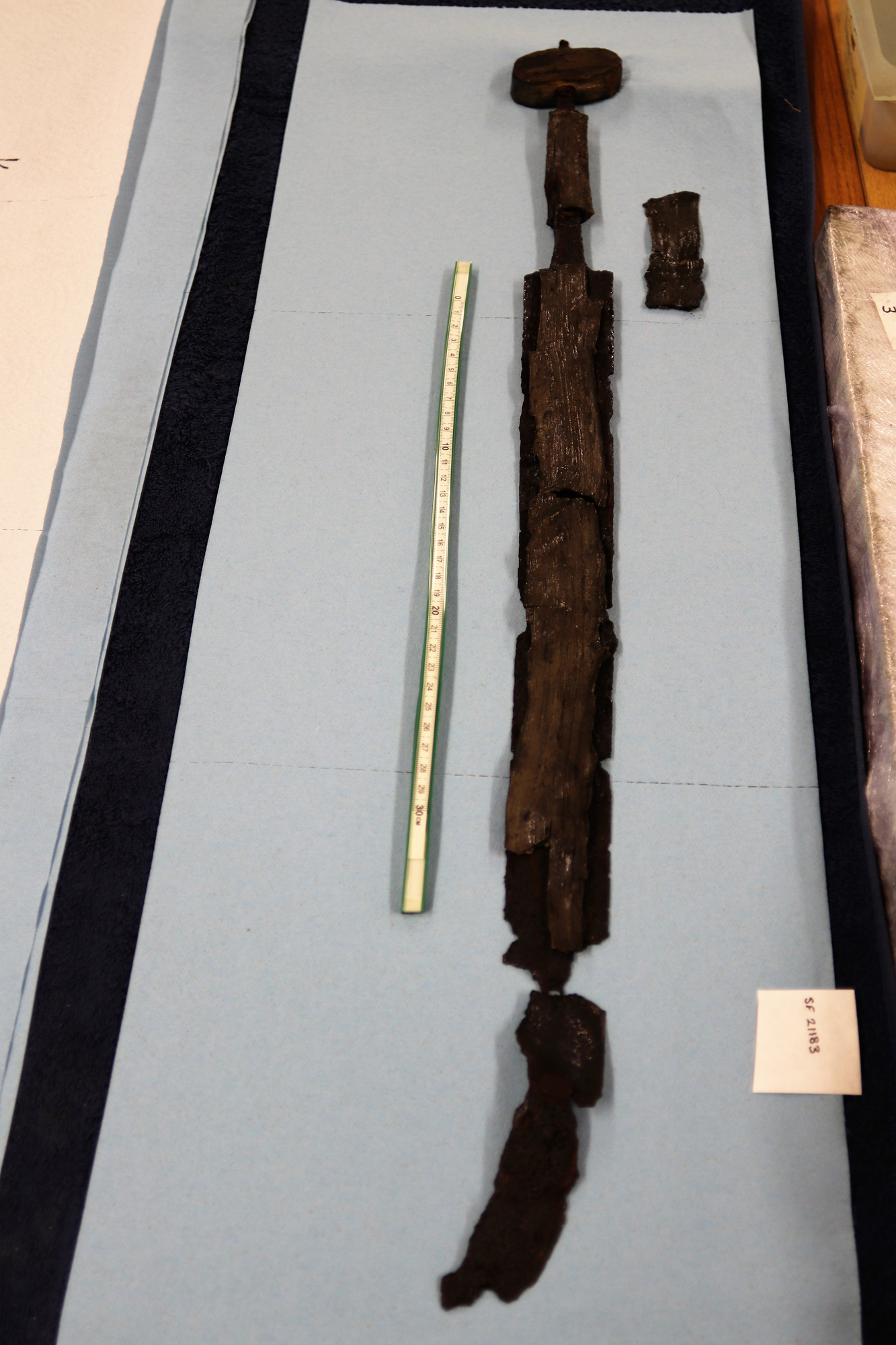
One of the swords was found complete with its hilt and handle. Perhaps it was left behind in the barracks because of its bent tip.
Playing soldier
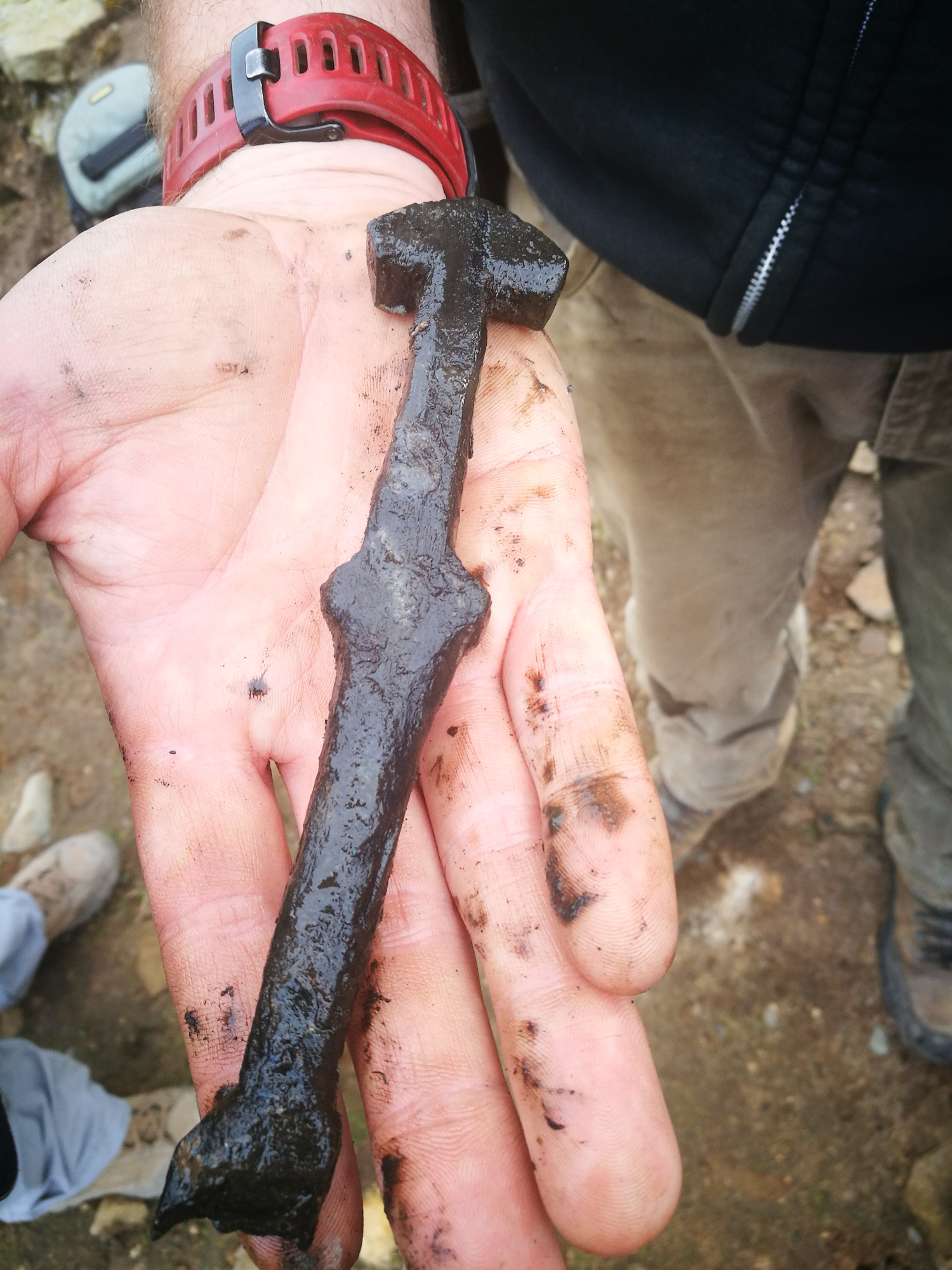
Archaeologists have found evidence for the presence of children in the form toys, like this wooden soldier.
Sign up for the Live Science daily newsletter now
Get the world’s most fascinating discoveries delivered straight to your inbox.
Wooden sword decorated with a polished stone
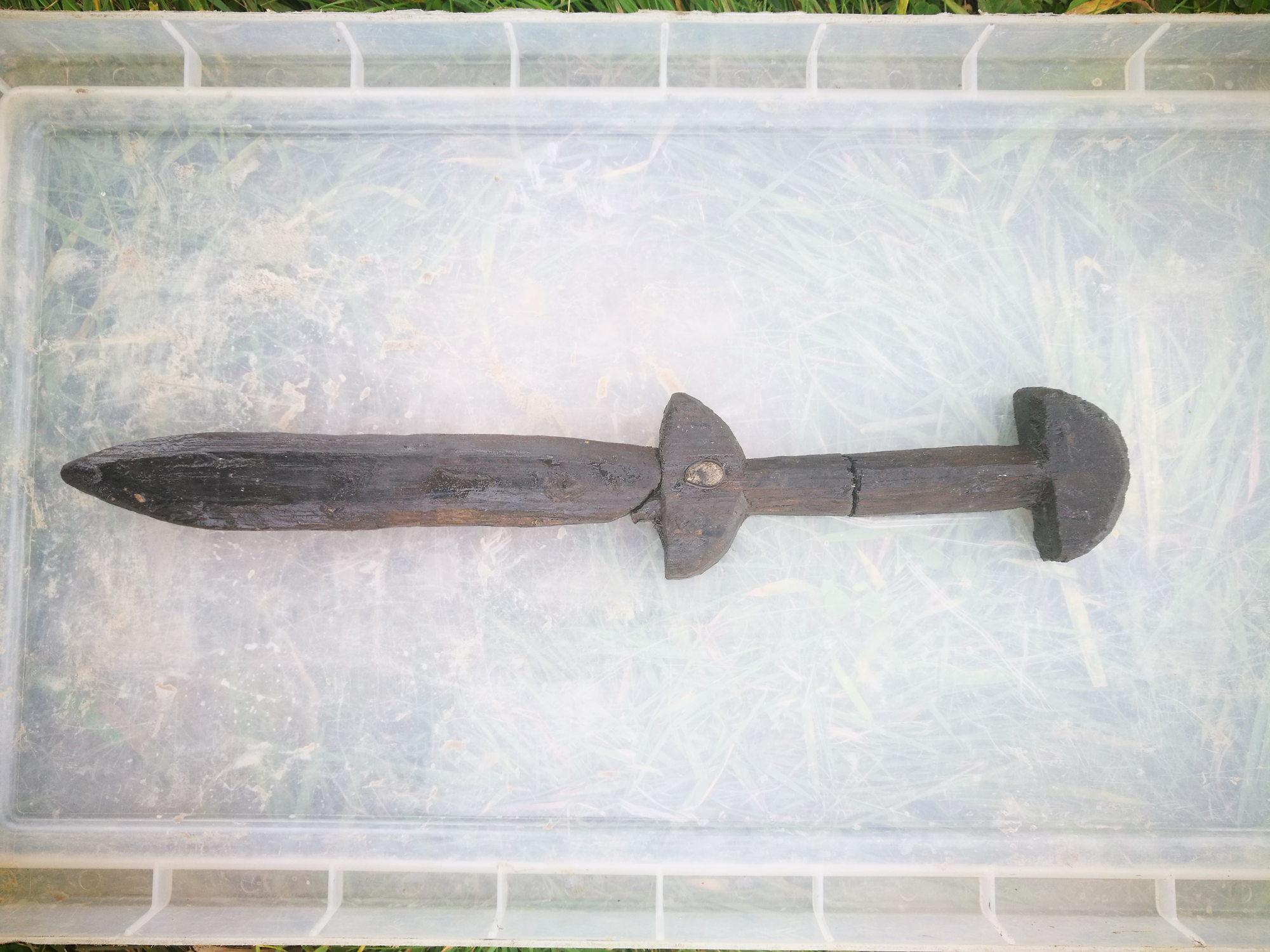
The toys are a reminder that soldiers weren't the only people living at Vindolanda. The barracks would have been crowded with soldiers, their families, slaves and freedmen.
Latin letters
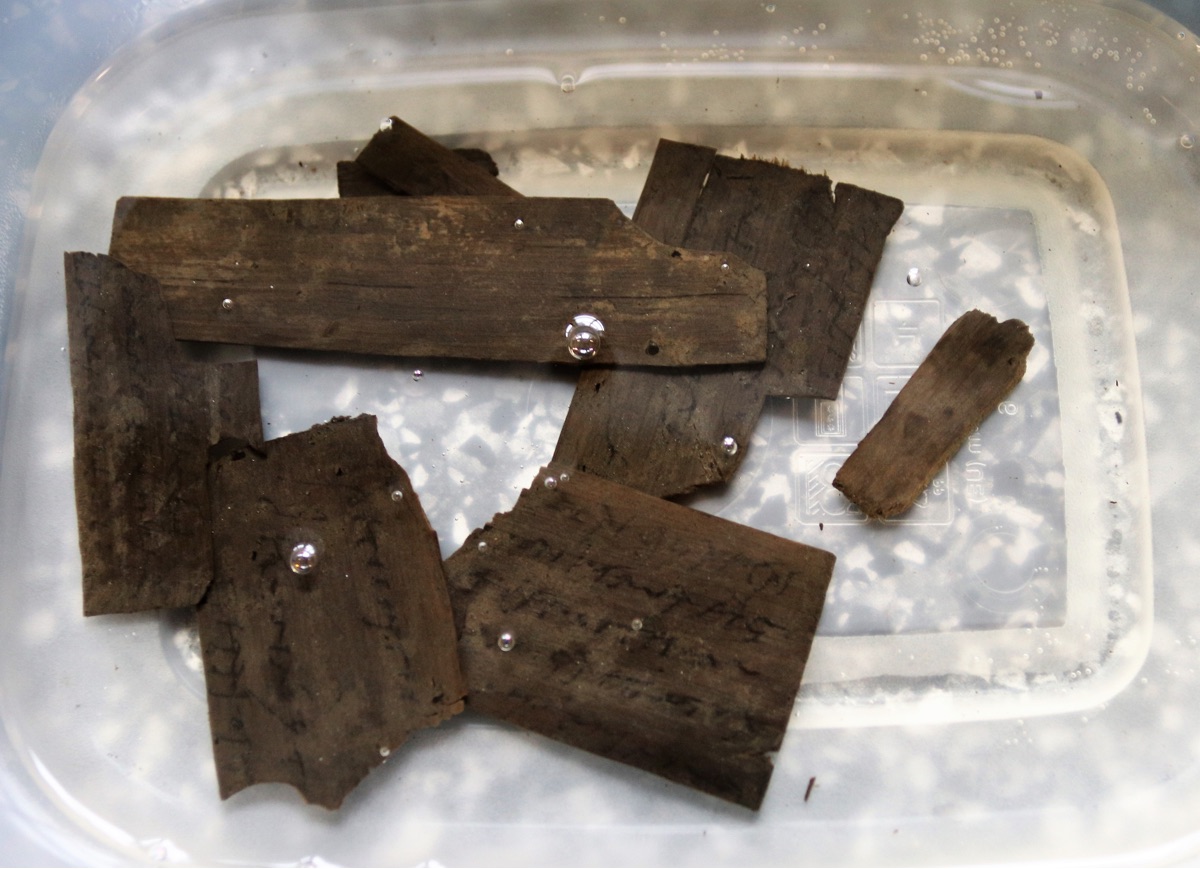
Vindolanda is famous of its cache of handwritten letters that capture daily life at the garrison. More of these thin wooden tablets were found in 2017. [Read the full story on the Roman fort]











